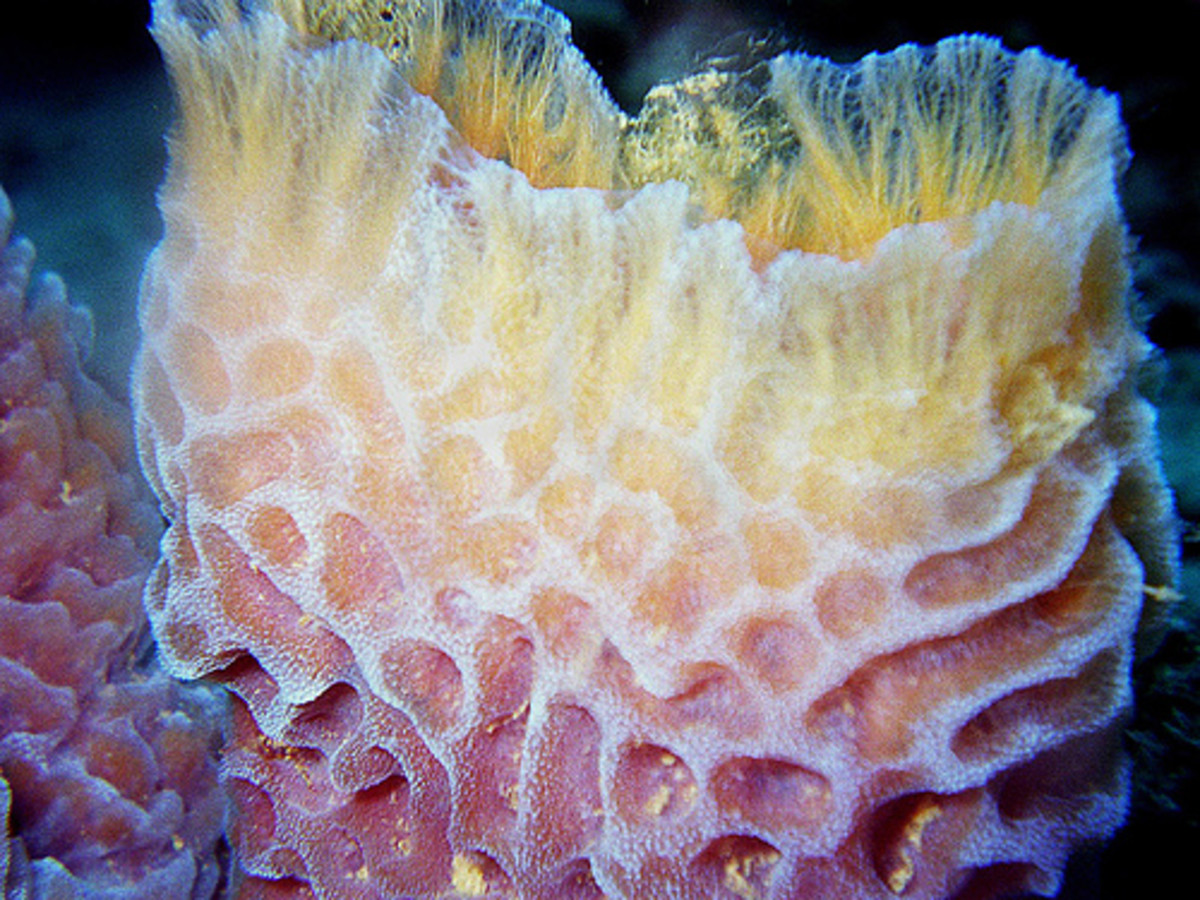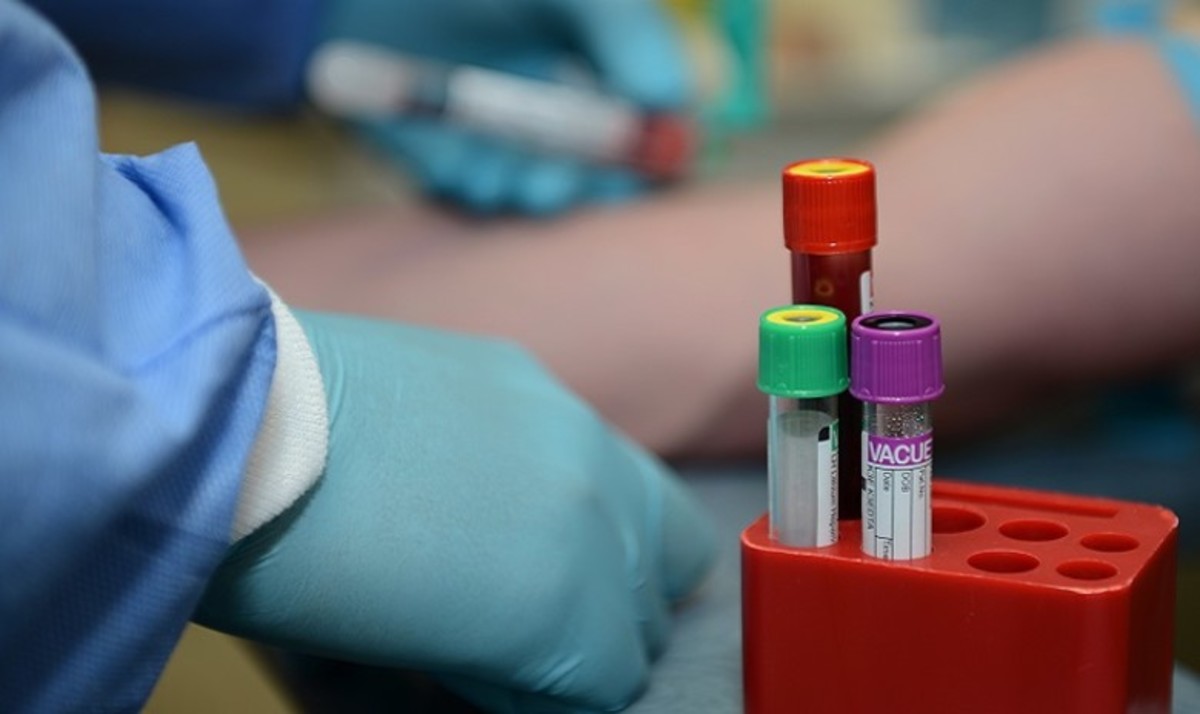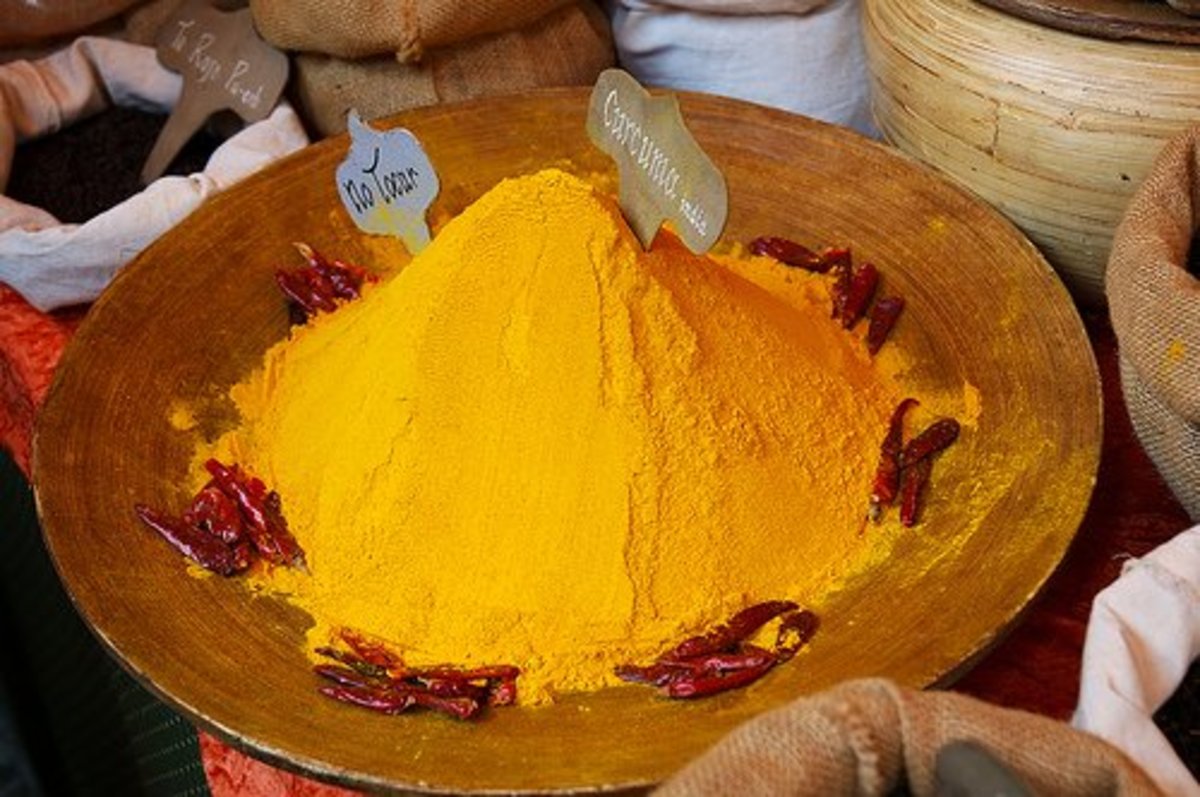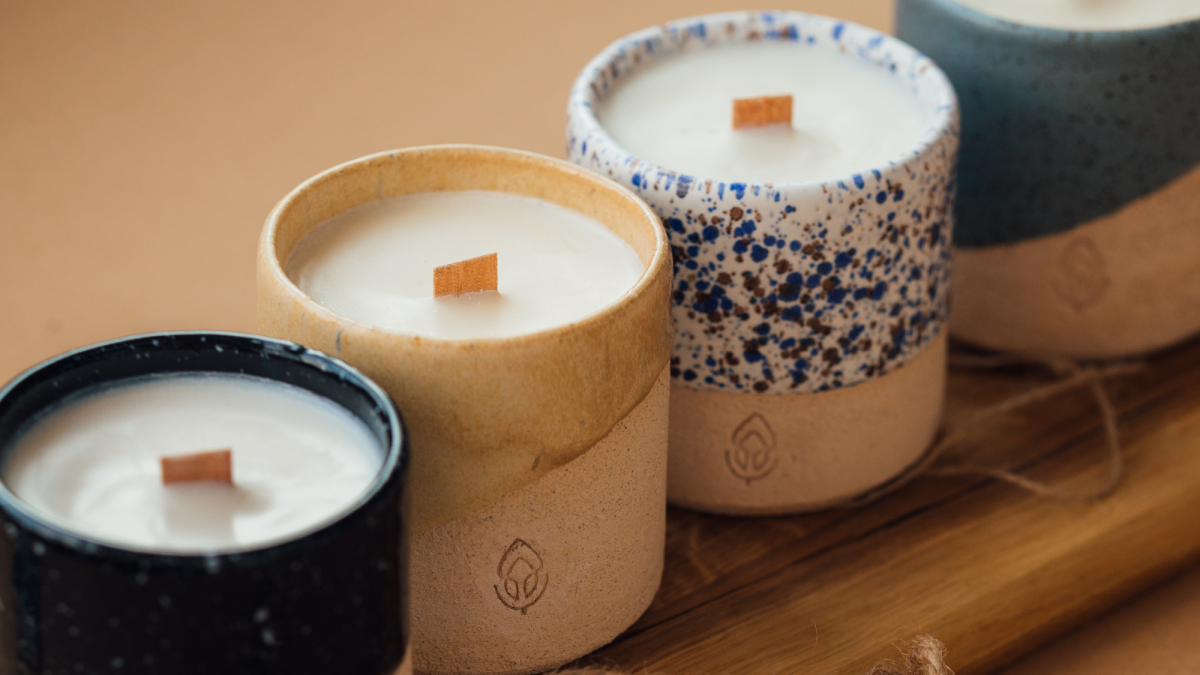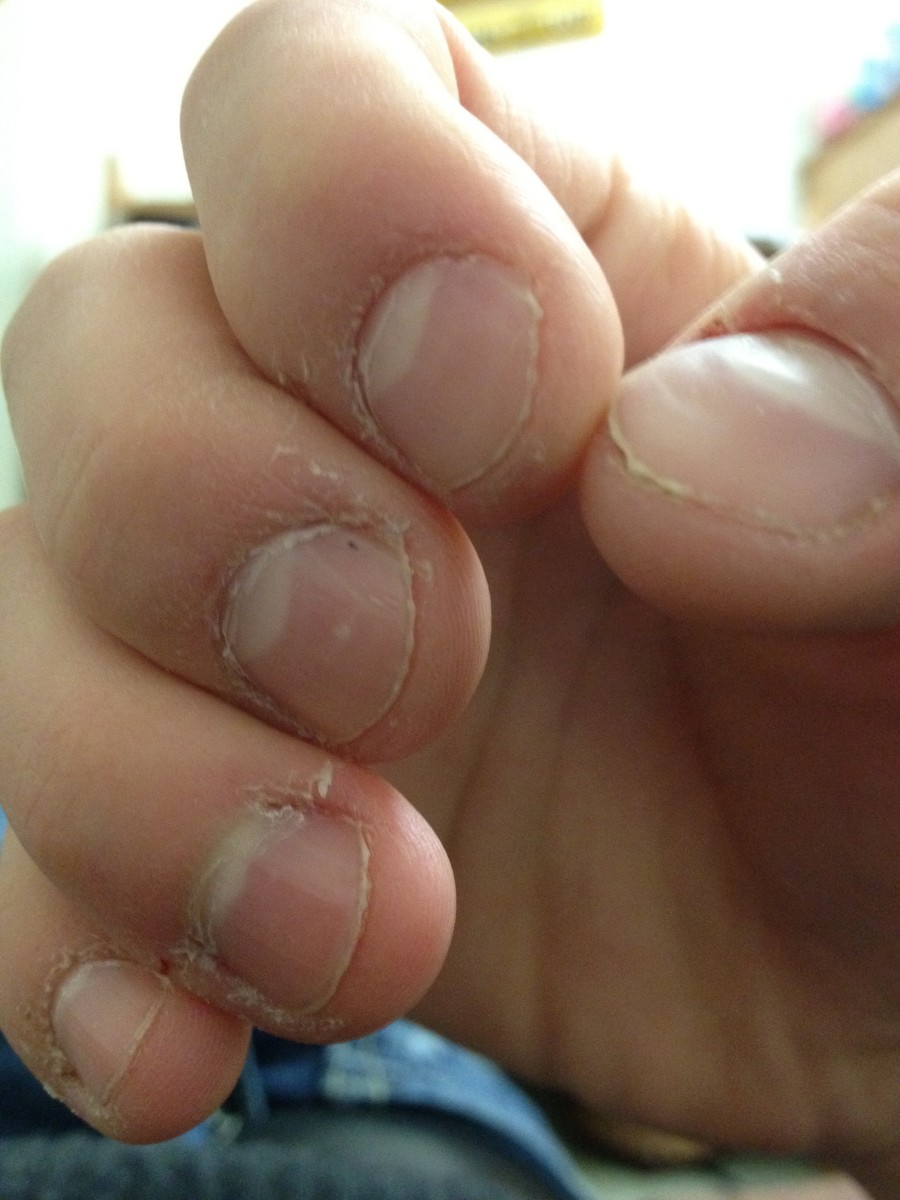Skin Structure and Function
Skin has two distinct layers. The outer epidermis is the skin's protective covering. It is made up of layer upon wafer-thin layer of tiny cells.
The epidermal cells are born in what is known as the basal layer which lies at the bottom of the epidermal bed. They begin life as soft, plump cells laden with moisture. Then, like bubbles rising through water, they move up towards the skin's surface making a tough protein called keratin (the same stuff found in hair and nails) on the way.
By the end of their journey, these cells are dried-out, flaky shells of their former selves. Glued together with a waxy intercellular substance, they form the outermost stratum corneum. When the cells are tightly packed and lying flat, this layer forms an effective water- and germ-resilient barrier. Light bounces off evenly, giving skin a fresh and luminous appearance. Each day the oldest cells are sloughed away and new ones rise to take their place.
The rate at which new cells are formed and rise to the surface slows down with age. Teenage skin renews itself every two to three weeks but in our fifties it may take twice as long. But approximately every 28 days a new skin is born, giving us endless opportunities to attain perfection.
The Spring Within
The epidermis rests on a part of the skin known as the dermis which acts as a cushion. In the dermis there are two kinds of fibre - tough, resilient collagen and supple, stretchy elastin - woven together to create a springy support system.
These fibres are made by specialised cells known as fibroblasts. As we age the collagen and elastin fibres stiffen and deteriorate and these changes are primarily responsible for causing wrinkles.
The dermis is home to the oil-secreting sebaceous glands which open on to the skin's surface through tiny pores. It also houses our sweat-secreting eccrine glands and the odour-emitting apocrine glands. The dermis is richly supplied with nerve receptors, making it highly sensitive to temperature changes and other kinds of sensory stimulation. It is fed by the thinnest blood capillaries which bring life-sustaining oxygen to the skin cells, then whisk away carbon dioxide and other cellular wastes.
Veil of Protection
In a well-balanced skin, the oily substance secreted by the sebaceous glands and micro-beads of perspiration from the eccrine glands mingle to form a protective oil-in-water emulsion which acts as a natural moisturiser. Ideally skin responds to changes in humidity and temperature to create exactly the right oil and water combination needed to keep skin soft and smooth. This mantle has a slightly acidic pH value of around 5.5 which favours the presence of so-called commensal or 'friendly' bacteria that help to protect our skin from invasion by other pathogenic micro-organisms.
The best skincare regimes are those that don't overwhelm or destroy this protective mantle.
The Voluptuous Layer
Lying below the dermis is the subcutaneous fatty layer. As well as providing a useful layer of insulation, this fatty tissue gives skin its smooth and sensuous contours. Before reaching the dermis, nerves supplying hair follicles, sweat glands and skin receptors weave their way through the underlying fat cells. Here, too, lie the larger blood-carrying arteries and veins that branch into the tinier capillaries which feed the skin with oxygen and other nutrients.
This tissue is bathed in a clear lymph fluid which clears away cellular debris and wastes. Skin begins to look puffy if anything interferes with this inner cleansing.
- Skin Cleansing Techniques
A good cleansing ritual forms the basis of any skincare regime. Whether your skin seems oily or dry, keeping it clean is an essential step towards improving its quality and appearance. Here's why. The... - Skin Care Therapy - Manual Lymphatic Drainage Therapy
This is a powerful tissue-cleansing treatment given by a specially trained therapist who has a sound knowledge of the lymphatic network. Unlike traditional massage, this treatment uses the lightest finger...


